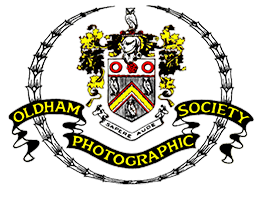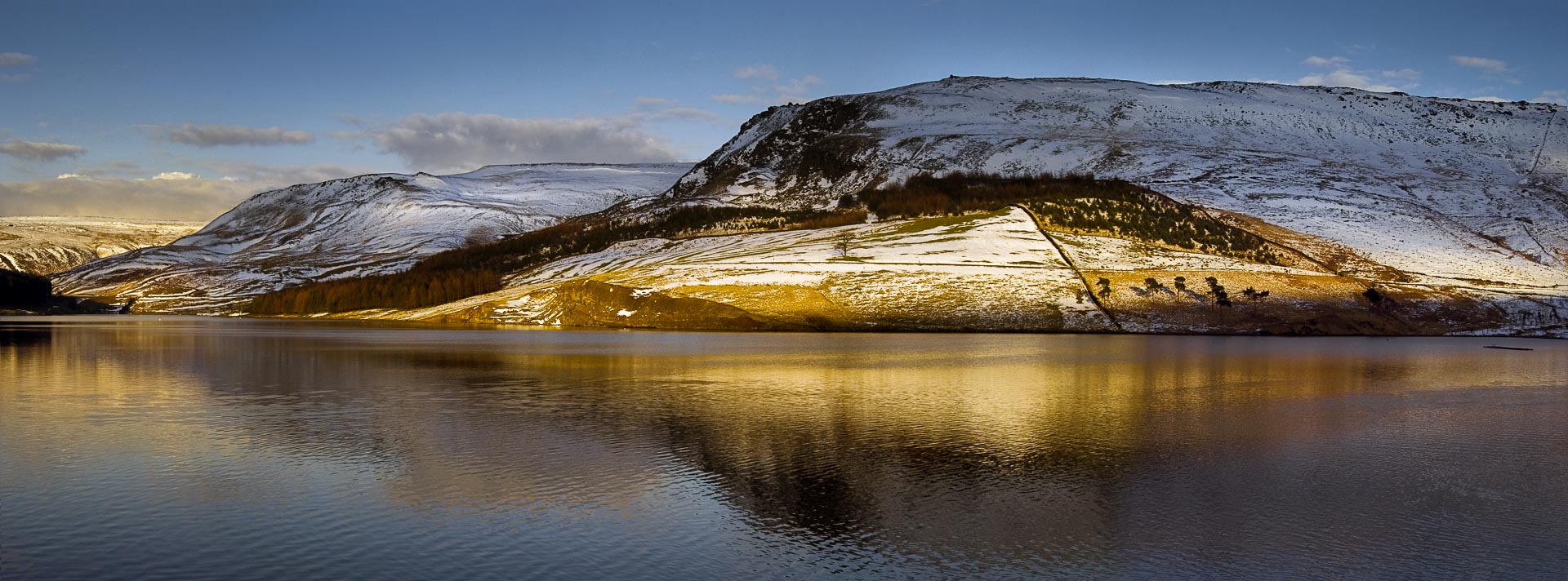Please note the following:
- The projection size for all events (except when otherwise specified) is 1600×1200 pixels. i.e. the images must be no more than 1200 pixels high and no more than 1600 pixels wide.
- Pictures not to the 4:3 ratio must still fit inside a maximum of 1600x1200px. The unused space should NOT be filled with black or any other colour.
- Images must be uploaded to the portal by the closing date.
- Your scores can be seen on the portal after judging.
- There is no limit on the age of an image.
Competition Guidelines
Please download the rules and read them first…here they are again…
Link to download OPS Competition Rules
In this age of AI (Artificial Intelligence) generated images, please remember that effectively these are not your photographs and therefore cannot be use in whole or in part in any competition. We do allow use of AI to ‘tidy up’ minor issues but not generating significant pictorial elements. You MUST declare your use of any generative AI methods you have used so we know what can be used in external competitions.
Any image may be used in any ONE competition in any medium. This means that an image previously used in a Quarterly competition can be used in a subsequent Annual competition and if an image is used in an Annual it can then be used in a future Quarterly competition as either a Print or PDI, but not both in any competition. This can be difficult to get ones head around so here is an example as a Question and Answer session:
FAQ:
Question: Image ‘Beauty’ is entered into a Quarterly comp as a PDI, it gets a reasonable mark but could be improved and I would like to use it again in its amended form. Can I use this, slightly different version in another Quarterly comp?
Answer: NO! Not as a PDI. If you made a print of it you could use the print in any subsequent Quarterly. Not both a print and PDI in the same comp. How much you can change on an image before it become a different image is a very grey area, best to treat any variation of the same or similar (including the next frame or so of the same subject if it has not moved significantly 🙂 as the same image.
Question: Can I use the amended image in the subsequent Annual comp or do I have to use the same image?
Answer: The way I tend to look at it is the Quarterlies are a trial run for the Annual (and appraisals a trial for the Quarterlies). So it is entirely up to you which version you use although I would suggest the improved one is best. And you can choose to use either the PDI or Print in the Annual, not both in the same Annual.
Question: The image ‘Beast’ has its debut in the Annual. As the Annual is the end of the competition year is that it, can I not use it again?
Answer: You can use any image in any competition so, yes, you can use the image, or any variation of it, in the next year’s or subsequent year’s Quarterly.
Question: I have a great image that did well in a Quarterly PDI comp, I improved it for the Annual PDI and won a trophy. I really want to use it again. Can I?
Answer: Surprisingly yes. Turn it into a great print and enter it in the following year’s Quarterly and Annual competition as a print and you may even be able to repeat your luck with it and get another Cup. It is probably now time to retire it, though we might still use it for the society in an external competition. If you still want to squeeze some more life out of the image yourself, I suggest you look at external competitions like the BPE and FIAP Salons.
OPS Annual Competition Sections and Categories
You can enter up to 10 images (may be varied each year) in the Annual Prints and Annual PDI Competitions. These can be in one section or spread across any or all the sections. Any image may be used in any ONE competition in any ONE medium. Any image can be declared as belonging to ONE category at the time of entry on the portal.
Sections
Mono, Colour and Nature
Special Category Definitions
Documentary
An image of which the primary purpose is to convey factual information. The documentary category therefore includes, but is not restricted to, record photography (e.g. architecture, astronomy) and photojournalism.
Sport
The Council of Europe charter on sport uses the following definition: “Sport means all forms of physical activity, which through casual or organised participation, aim at expressing or improving physical fitness and mental well-being, forming social relationships or obtaining results in competition at all levels.” The focus should be on conveying movement, intensity, and the atmosphere of the sport, rather than posed or static scenes.
Portrait
An image of one or more human beings or other animals which conveys something about the subject’s identity, character, personality, or story.
Landscape
Landscape photography is the art of capturing images of significant areas of the Earth’s surface, encompassing natural and human-altered outdoor spaces. It includes vast natural vistas, seascapes, rural and industrial settings, and urban scenes such as cityscapes. The aim is to convey the sense of being present in a place and evoke an emotional response through elements like light, composition, and depth.
L&CPU Nature Rules
Nature photography is restricted to the use of the photographic process to depict all branches of natural history, except anthropology and archaeology, in such a fashion that a well-informed person will be able to identify the subject material and certify its honest presentation.
The story telling value of a photograph must be weighed more than the pictorial quality while maintaining high technical quality.
Scientific bands, scientific tags or radio collars on wild animals are permissible. Photographs of human created hybrid plants, cultivated plants, feral animals, domestic animals, or mounted specimens are ineligible, as is any form of manipulation that alters the truth of the photographic statement.
Processing of the captured image, by cropping, exposure adjustment, colour correction, noise minimisation, dodging/burning, HDR, focus stacking and sharpening, is allowed. Cloning of image defects and minor distractions, including overlapping elements, are permitted when these do not distort the truth of the photographic statement.
Images entered as Nature can have landscape, geologic formations, weather phenomena, and extant organisms as the primary subject matter. This includes images taken with the subjects in controlled conditions, such as zoos, game farms, botanical gardens, aquariums and any enclosure where the subjects are totally dependent on man for food.
Access to biological subjects may be restricted. By entering an L&CPU event, Photographers warrant that they have followed relevant codes of practices and hold any necessary licenses.
L&CPU Annual Individual Competitions
The L&CPU hold annual competitions for club members, in May. You may choose your own images but the entry is made via our Competition Secretary. A selection of the best images from this competition may be retained by the L&CPU to be included in the travelling folios, or to be sent to the PAGB competition, when they will be placed in the folios the following year. Prints may potentially be retained for two years.

